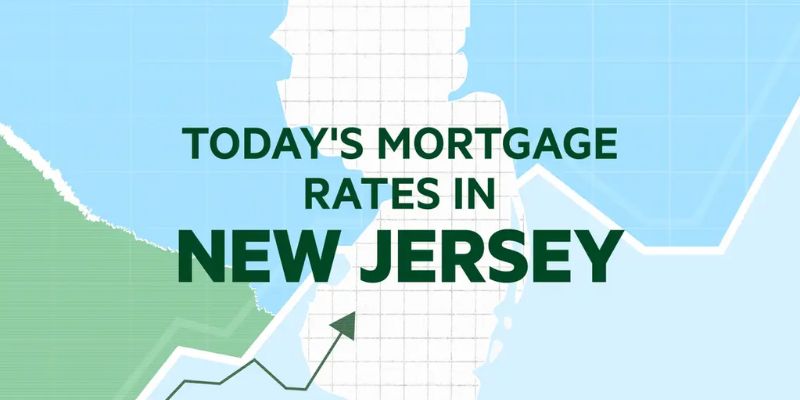As determined by engineering or manufacturing data, a product's anticipated or planned expenditure is referred to as the item's standard cost. The variation demonstrates that management has to handle certain expenditures since they either exceed or fail to achieve the projected expenditure levels. The variation in prices is essential for budgeting and planning, especially when businesses are selecting what quantities of things to purchase. According to the equation shown earlier, if the price variance is positive, the real costs are higher than the standard price. Still, if the price variance is negative, the actual costs are lower than the standard price.
When an organization establishes its yearly budget for the year after the current one, cost accounting's consideration of price variation becomes relevant. The amount that the management team of a business believes it should pay for an item, which is often an input for the firm's product or service, is referred to as the standard pricing. A price variation happens when the actual price at the time of purchase is either greater or lower than the standard price decided in the planning stage of the company's yearly budget. This is because the standard price of an item is determined months before actually buying the item.
Illustration Of A Pricing Difference
When there is a change in the number of units that need to be bought, this is the instance that most often results in a price variation. For instance, when a firm prepares for the fourth quarter of the year at the beginning of the year, it anticipates that it requires 10,000 units of an item for $5.50 per unit. Because it is buying 10,000 units, it qualifies for a ten percent discount, which brings the cost of each item down to five dollars. When the firm comes to Q4, however, if it only needs 8,000 units of that item, the company will not obtain the 10 percent discount it had intended, which takes the cost per unit to $5.50 and the price variance to 50 cents per unit. If the company only needs 8,000 units of that item.
Importance
This notion is necessary for cost accounting to evaluate how well the organization carried out the yearly budget exercise. For the purposes of putting up the budget, the price considered "normal" is the one the management anticipates having to pay. Since the team sets the budget months before the raw materials are purchased, there is always a price discrepancy in the budget.
One thing to keep in mind is that the only way for a business to get a more advantageous pricing variation is to make a larger buy. However, this might increase the cost of inventory for the firm, nullifying the gains obtained from a positive variance. The firm's operational strategy is another factor that determines whether or not the company has a positive or negative variance. For instance, if a company's purchasing staff is adamant about only purchasing in low numbers, this might lead to adverse pricing variations.
Direct Material Price Variance
The idea of price variation is flexible enough to be applied to all expenses, including but not limited to labor costs, administrative costs, direct material prices, and many others. First, let's try to grasp how the concept relates to the direct costs of materials. If you can successfully apply the notion to one sort of cost, then it will be quite simple to apply it to other types of expenses. This may also be referred to as the direct material price differential.

Variation In Either The Selling Price Or Revenue
As was previously said, the idea of price variation does not just refer to the cost. We may also use it to apply to revenue or the price we sell at. The difference between the projected revenue in the budget and the actual revenue is referred to as the revenue variance. The difference may be due to a shift between the selling prices and the projected ones used while making budgets.
For instance, the projections for Company ABC's revenues and profits for the next year (2020) are based on the number of units they intend to create and the selling price of those units. After the first three months of 2020, the firm concludes that the clients are not ready to pay the rates they expected. This is because a rival business has lowered the price of its goods. Now, Company ABC has reduced the price of their offering as well. The variation in a selling price that arises from this action of lowering the price is undesirable. Naturally, any change in the amount of money brought in will also affect the earnings. Achieving a price variance that is to one's advantage.




